What Is Liquidation in Crypto? The Risk Traders Often Miss
What Is Liquidation in Crypto?
Let’s start here—crypto liquidation is one of those terms that sounds technical… until it happens to you.
If you’ve ever traded with leverage in crypto—think margin trading on platforms like Binance, Bybit, or OKX—you’ve already danced with the possibility of liquidation. Basically, crypto liquidation is what happens when your account balance can no longer support your open position. The exchange, without asking your permission, will step in and automatically sell your assets to cover the loss.
This might sound harsh, but really, it’s a kind of safety valve. It protects both the platform and the market from spiraling losses. Still—let’s be honest—it stings. And if you’re not watching closely, it can happen in seconds.
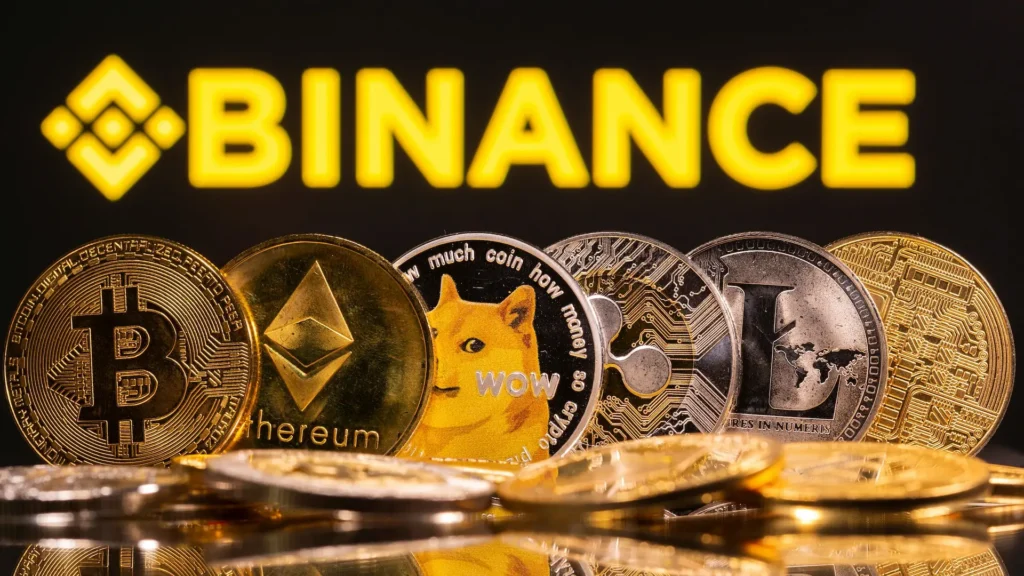
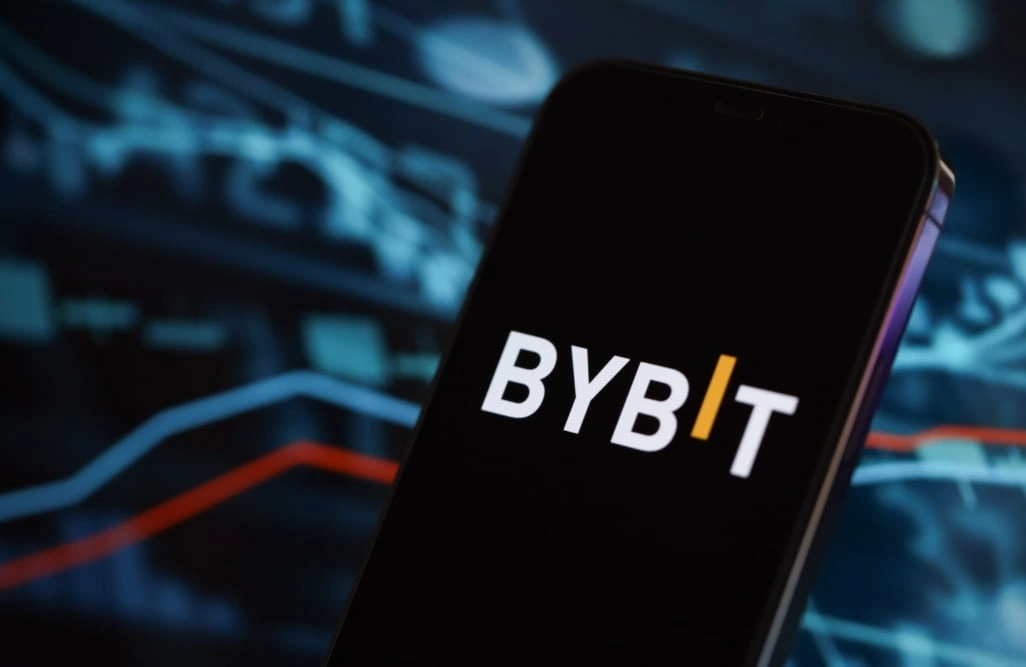
Why Does Crypto Liquidation Happen?
There’s no mystery here: leverage is a double-edged sword. You borrow funds to increase your buying power, and while that can boost profits… it can just as easily amplify losses.
Let’s say you open a 10x long position on Ethereum. That means if ETH goes up just 5%, you gain 50%. Pretty sweet. But if ETH drops 5%, you’re not just down a little—you’re wiped out. The exchange liquidates your position to prevent further debt.
This is especially common in volatile markets (and crypto is nothing if not volatile). Even a sudden price swing of 1–2% can trigger a wave of liquidations across the board, especially if traders are overleveraged.
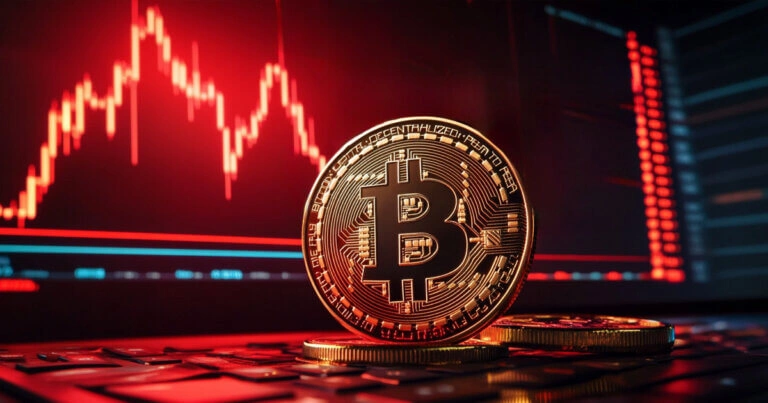
Crypto Liquidation Triggers You Might Overlook
So, what exactly trips the wire? Liquidation isn’t random—it’s based on your margin ratio. When the value of your collateral falls below a set maintenance margin, boom—liquidation is triggered.
But here’s the kicker: not all platforms are transparent about where that margin call happens. Some give warnings or a liquidation price in advance, others… not so much. It’s easy to assume you’re safe, until you’re not.
And it’s not always your fault either. Slippage, funding fees, even server lag can affect your margin level without you noticing in time. Combine that with highly leveraged positions and—well, you get the idea.
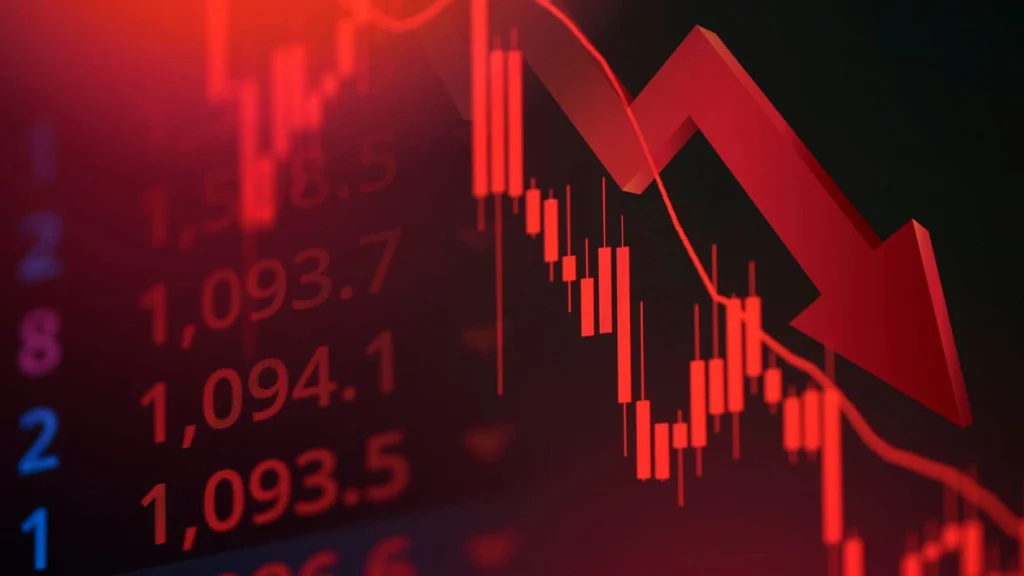

How to Minimize the Risk of Getting Liquidated in Crypto
Honestly, avoiding liquidation isn’t rocket science, but it does take some discipline (and maybe a little humility).
First off, don’t max out your leverage. That 100x trade might look tempting, but it’s usually a trap. Staying within a reasonable leverage range—say 2x to 5x—gives you breathing room if things go south.
Second, always set stop-losses. Yeah, it’s boring, but it can save your account. Stop-losses help limit downside before the platform decides for you. You want to be the one calling the shots, not your exchange.
Third—keep your collateral healthy. Monitor your margin ratio like it’s your heart rate. Top up if needed. And if you’re trading perpetual futures, keep an eye on funding rates; they can eat into your margin faster than you think.
Fourth? Know the platform rules. Each exchange handles crypto liquidation a little differently. Some let you choose cross vs isolated margin. Some offer insurance funds to cushion liquidation losses. Read the fine print, seriously.
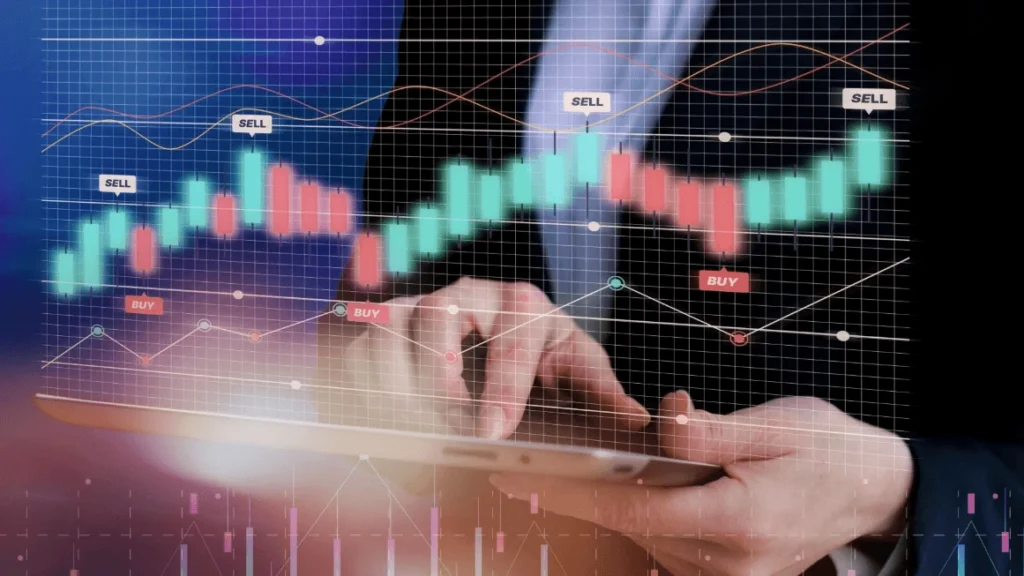
Why Liquidation Still Catches Traders Off Guard
Despite all the guides, tweets, and YouTube explainers, people still get liquidated every day. Why?
Part of it is psychology. Traders overestimate their edge and underestimate volatility. Part of it is design—crypto platforms make it easy to access leverage, and not all of them educate users well.
And part of it, frankly, is just noise. In fast-moving markets, with FOMO flying and prices whipsawing, it’s easy to forget about basics like margin levels and risk limits. Until it’s too late.
Final Thoughts: Respect the Crypto Liquidation Risk
Crypto liquidation isn’t a bug—it’s a feature. A brutal one, yes, but built to keep the whole system from collapsing.
The key takeaway? Respect it. Understand it. And don’t get lazy with risk management. Because once liquidation hits, there’s no rewind button.
Stay sharp, keep your margin healthy, and trade like your account depends on it—because, well… it kind of does.
Relevant news: here




